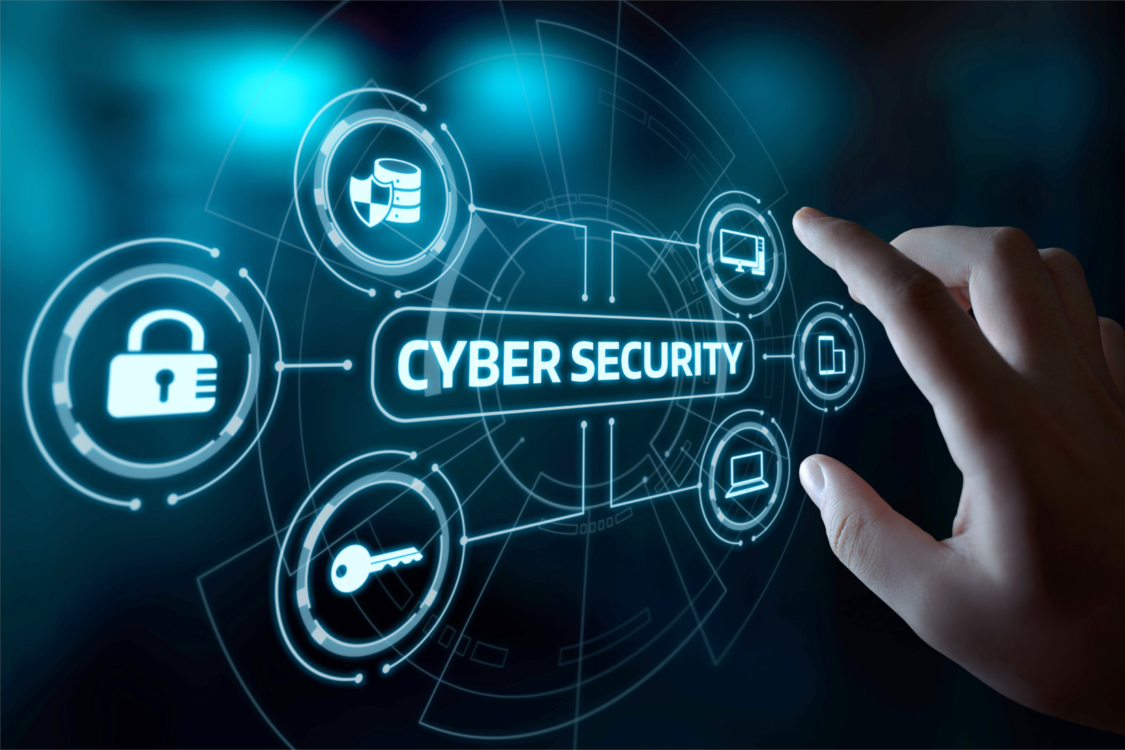
Firewalls: Firewalls monitor and control incoming and outgoing network traffic based on predetermined security rules. They act as a barrier between your internal network and the internet, preventing unauthorized access and blocking malicious traffic, such as malware and hacking attempts.
Antivirus Software: Antivirus software detects, prevents, and removes malicious software (malware) from your company’s devices and networks. It scans files and programs for known malware signatures and behavior patterns, protecting against viruses, worms, Trojans, and other threats.
Intrusion Detection and Prevention Systems (IDPS): IDPS monitor network traffic for suspicious activity and security breaches. They detect and respond to unauthorized access attempts, malware activity, and other security incidents in real-time, helping to prevent data breaches and mitigate cyber threats.
Endpoint Protection: Endpoint protection solutions secure individual devices, such as computers, laptops, smartphones, and tablets, against cyber threats. They include antivirus, anti-malware, and firewall features to protect endpoints from malicious software and unauthorized access.
Encryption Tools: Encryption tools protect sensitive data by converting it into a secure, unreadable format that can only be accessed with the appropriate decryption key. They ensure that data remains confidential and secure, both when stored and during transmission over networks.
Access Control Systems: Access control systems regulate who can access your company’s digital resources, such as networks, databases, and applications. They enforce authentication, authorization, and auditing policies to ensure that only authorized users can access sensitive data and systems.
Security Information and Event Management (SIEM): SIEM solutions collect, analyze, and correlate security event data from various sources, such as network devices, servers, and applications. They provide real-time visibility into security threats and enable proactive threat detection and response.
Security Awareness Training: Security awareness training educates employees about cybersecurity best practices, such as recognizing phishing emails, creating strong passwords, and avoiding social engineering attacks. It helps raise awareness of security risks and empowers employees to protect themselves and the company from cyber threats.
Backup and Disaster Recovery Solutions: Backup and disaster recovery solutions ensure that your company’s data is backed up regularly and can be restored quickly in the event of data loss or a security incident. They help minimize downtime, mitigate financial losses, and maintain business continuity.
By implementing a comprehensive suite of IT security products and practices, your company can effectively protect its digital assets, safeguard sensitive data, and mitigate the risk of cyber threats and security breaches